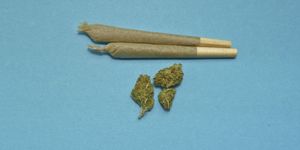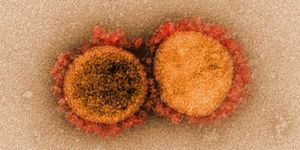Stimulating Antibiotic Production in Bacteria
The microorganisms of the world have to compete for survival, and they sometimes do battle with one another. That means that some bacteria have the ability to produce some powerful antibiotics when they must. Scientists have now found a way to stimulate genes in microbes called actinobacteria that could produce antiparasitic or antibacterial molecules. These microbes have already given us the drugs actinomycin and streptomycin and could be the source of more valuable compounds. The findings have been reported in eLife.
In this work, the researchers were aiming to overcome a hurdle in the search for new antibiotics that prevents scientists from assessing the many antimicrobial molecules that bacteria are able to generate, explained the leader of the study Satish Nair, a University of Illinois at Urbana-Champaign professor of biochemistry.
"In laboratory conditions, bacteria don't make the number of molecules they have the capability of making," he said. "And that's because many are regulated by small-molecule hormones that aren't produced unless the bacteria are under threat."
The scientists wanted to assess the impact of hormones on antibiotic production in actinobacteria. They utilized a stable bacterial hormone called avenolide, which regulates the synthesis of avermectin, an antiparasitic compound. An existing drug called ivermectin is a modified version of avermectin, and treats river blindness. The illness blinded millions of people before the drug was created.
Graduate student Iti Kapoor streamlined the avenolide synthesis process so the researchers could study how it interacted with its receptor.
"Using a method called X-ray crystallography, Iti and biochemistry graduate student Philip Olivares were able to determine how the hormone binds to its receptor and how the receptor binds to the DNA in the absence of hormones," Nair said. "Typically, these receptors sit on the genome and they basically act as brakes."
When avenolide is bound to its receptor, its attachment to DNA loosens and the brakes are released. That triggers the microbe to generate defensive molecules. The researchers identified genomic sequences of different actinobacteria to look for places where they might bind to this or other receptors. They found 90 places where hormones may be regulating gene activity in the microbes.
"Our long-term project is to take those 90 bacteria, grow them up in the laboratory, add chemically synthesized hormones to them and see what new molecules are being produced," Nair said. "The beauty of our approach is that we can now get the bacteria to produce large quantities of molecules that normally we would not be able to make in the lab."
Sources: Science Daily via University of Illinois at Urbana-Champaign - News Bureau, eLife









